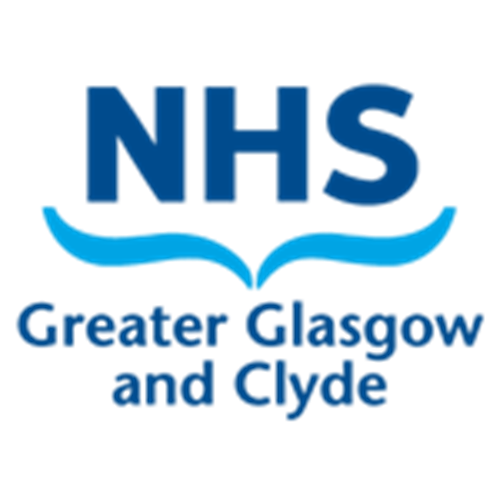- Bicornuate uterus (heart-shaped womb)
- Unicornuate uterus
- Didelphic (double womb)
- Septate/sub-septate uterus
- Arcuate womb
Women who have had resection of a uterine septum remain at risk of PTB

Please report any inaccuracies or issues with this guideline using our online form
Congenital uterine anomalies (CUA) are malformations of the uterus which occur during development in-utero. These malformations are therefore present from birth and many women have no symptoms-some may experience heavy periods. The implications of CUA, depending on the type and severity, can range from an increased risk of 1st/2nd Trimester miscarriage(s), intra-uterine growth restriction (IUGR), fetal malpresentation, pre-eclampsia and pre-term birth (PTB). There can be an association with anomalies of the genital tract, bladder and kidneys. Consideration should therefore be given to ultrasound imaging of the renal tract if indicated.